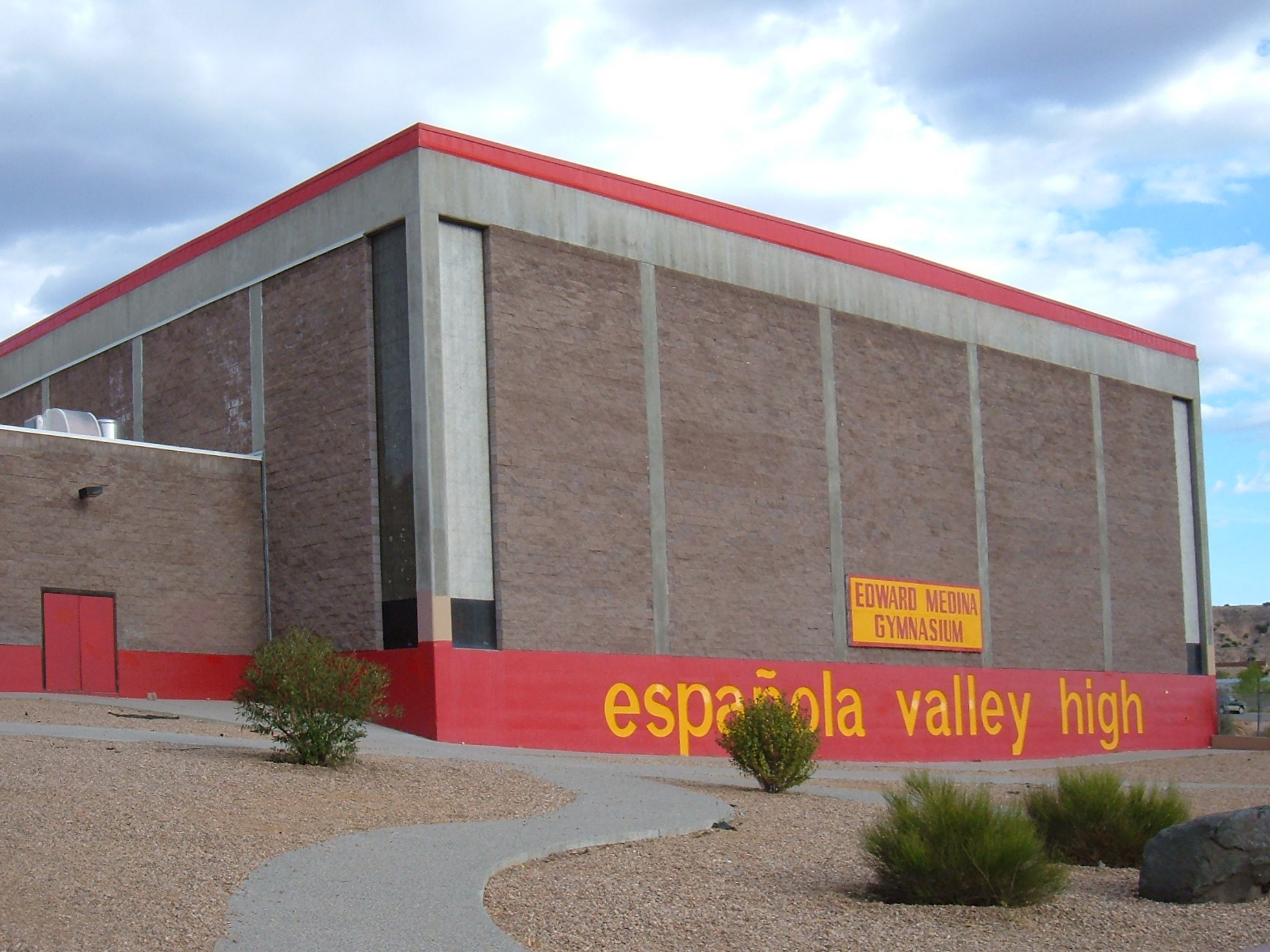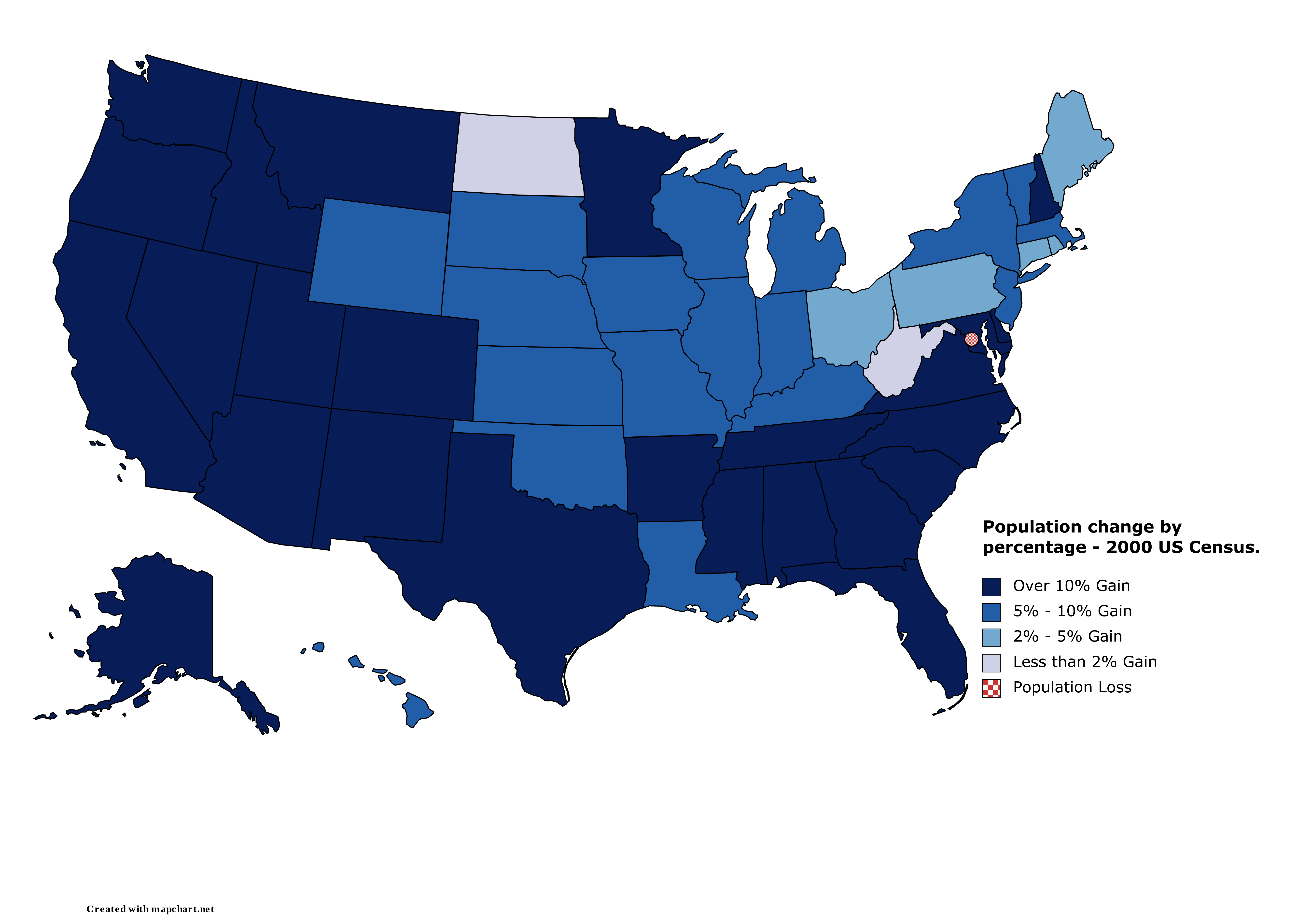|
Alcalde, New Mexico
Alcalde (Spanish for ''mayor'') is a census-designated place (CDP) in Rio Arriba County, New Mexico, United States. The population was 285 at the 2010 census. Geography According to the United States Census Bureau, the CDP has a total area of , all land. Climate Demographics At the 2000 census there were 377 people, 121 households, and 99 families in the CDP. The population density was 735.3 people per square mile (285.4/km). There were 138 housing units at an average density of 269.2 per square mile (104.5/km). The racial makeup of the CDP was 37.40% White, 0.27% African American, 1.59% Native American, 0.27% Asian, 54.64% from other races, and 5.84% from two or more races. Hispanic or Latino of any race were 89.12%. Of the 121 households 46.3% had children under the age of 18 living with them, 52.1% were married couples living together, 19.8% had a female householder with no husband present, and 17.4% were non-families. 16.5% of households were one person and 7.4% were ... [...More Info...] [...Related Items...] OR: [Wikipedia] [Google] [Baidu] |
Census-designated Place
A census-designated place (CDP) is a concentration of population defined by the United States Census Bureau for statistical purposes only. CDPs have been used in each decennial census since 1980 as the counterparts of incorporated places, such as self-governing cities, towns, and villages, for the purposes of gathering and correlating statistical data. CDPs are populated areas that generally include one officially designated but currently unincorporated community, for which the CDP is named, plus surrounding inhabited countryside of varying dimensions and, occasionally, other, smaller unincorporated communities as well. CDPs include small rural communities, edge cities, colonias located along the Mexico–United States border, and unincorporated resort and retirement communities and their environs. The boundaries of any CDP may change from decade to decade, and the Census Bureau may de-establish a CDP after a period of study, then re-establish it some decades later. Mo ... [...More Info...] [...Related Items...] OR: [Wikipedia] [Google] [Baidu] |
2010 United States Census
The United States census of 2010 was the twenty-third United States national census. National Census Day, the reference day used for the census, was April 1, 2010. The census was taken via mail-in citizen self-reporting, with enumerators serving to spot-check randomly selected neighborhoods and communities. As part of a drive to increase the count's accuracy, 635,000 temporary enumerators were hired. The population of the United States was counted as 308,745,538, a 9.7% increase from the 2000 census. This was the first census in which all states recorded a population of over half a million people as well as the first in which all 100 largest cities recorded populations of over 200,000. Introduction As required by the United States Constitution, the U.S. census has been conducted every 10 years since 1790. The 2000 U.S. census was the previous census completed. Participation in the U.S. census is required by law of persons living in the United States in Title 13 of the United ... [...More Info...] [...Related Items...] OR: [Wikipedia] [Google] [Baidu] |
List Of Census-designated Places In New Mexico
New Mexico is a state located in the Western United States. New Mexico has several census-designated places (CDPs) which are unincorporated communities lacking elected municipal officers and boundaries with legal status. List of census-designated places Former census-designated places Notes See also * List of cities in the United States {{Lists of CDPs by state Populated places in New Mexico New Mexico ) , population_demonym = New Mexican ( es, Neomexicano, Neomejicano, Nuevo Mexicano) , seat = Santa Fe, New Mexico, Santa Fe , LargestCity = Albuquerque, New Mexico, Albuquerque , LargestMetro = Albuquerque metropolitan area, Tiguex , Offi ... Settlements List ... [...More Info...] [...Related Items...] OR: [Wikipedia] [Google] [Baidu] |
New Mexico Highway 68
New Mexico State Road 68 (NM 68) is a state highway in northern New Mexico, in the Southwestern United States. NM 68 is known as the "River Road to Taos", as its route follows the Rio Grande. A parallel route to the east is NM 76, which is called the " High Road to Taos". Route description NM 68 begins in the south in Española at the road's junction with U.S. Route 285 and U.S. Route 84 which run concurrently at that point. The road then runs northeast through Alcalde, Velarde, Embudo, and Ranchos de Taos, where it meets the north end of New Mexico State Road 518, before reaching its northern terminus at U.S. Route 64 in Taos. Between Española and Velarde, State Road 68 is a four-lane divided highway with a speed limit (with a limit as it nears Velarde and limit through Velarde); between Velarde and Taos, Highway 68 is a two-lane highway with very few passing lanes. Future Several plans involve safety improvements on NM 68 at its intersection with US 64. ... [...More Info...] [...Related Items...] OR: [Wikipedia] [Google] [Baidu] |
Juan De Oñate
Juan de Oñate y Salazar (; 1550–1626) was a Spanish conquistador from New Spain, explorer, and colonial governor of the province of Santa Fe de Nuevo México in the viceroyalty of New Spain. He led early Spanish expeditions to the Great Plains and Lower Colorado River Valley, encountering numerous indigenous tribes in their homelands there. Oñate founded settlements in the province, now in the Southwestern United States. Oñate is notorious for the 1599 Acoma Massacre. Following a dispute that led to the ambush and death of thirteen Spaniards at the hands of the Ácoma, including Oñate's nephew, Juan de Zaldívar, Oñate ordered a brutal retaliation against Acoma Pueblo. The Pueblo was destroyed. Around 800–1000 Ácoma were killed. Today, Oñate remains a controversial figure in New Mexican history: in 1998, the right foot was cut off a statue of the conquistador that stands in Alcalde, New Mexico, in protest of the massacre, and significant controversy arose when a ... [...More Info...] [...Related Items...] OR: [Wikipedia] [Google] [Baidu] |
Española Valley High School
Española Valley High School (EVHS) is a Title-1 public senior high school of the Española Public Schools District, located in Española, New Mexico. Nearly 3/4 of the student body is made up of Hispanic students. The school is located within the city limits in Fairview, a small suburb community in the southern part of Rio Arriba County. EVHS also serves the communities of Alcalde, Velarde as well as the northern part of Santa Fe County, including Chimayo, Santa Cruz, and Sombrillo. EVHS also attracts commuter students from other school districts and neighboring towns such as Dixon, Pojoaque and Santa Fe. For 2016–17, the student enrollment was 1,150 students. The school's athletic teams are referred to as the Sundevils, which is also the school's mascot. History Española was founded with the introduction of the railroads in 1880; with the railroads came an influx in population, private education existed until 1905, when the county saw a demand for public education. Tw ... [...More Info...] [...Related Items...] OR: [Wikipedia] [Google] [Baidu] |
Española Public Schools
Española Public School District #55 (EPSD) or Española Public Schools (EPS) is a school district based in Española, New Mexico, USA. It includes sections of Rio Arriba County and Santa Fe County. In the year 2000 the district had a total of 16 schools with approximately 6,103 students. In the 2011–2012 school year, the district had an enrollment of 4,970. Currently there are 10 elementary schools,a kindergarten center, a middle school, and a high school. History In 2016 Bobbie Gutierrez resigned as superintendent, and at that time Eric Martinez became the superintendent. The New Mexico Public Education Department criticized Martinez, who left in 2017 and was paid $130,000 and leave money as part of a buyout. That year the school board members changed in composition to a significant degree. Service area In addition to Española, the district serves: *Sections of Rio Arriba County, including: Abiquiu, Alcalde, Canova, Chamita, Chili, Dixon, El Duende, Hernandez, La ... [...More Info...] [...Related Items...] OR: [Wikipedia] [Google] [Baidu] |
Poverty Line
The poverty threshold, poverty limit, poverty line or breadline is the minimum level of income deemed adequate in a particular country. The poverty line is usually calculated by estimating the total cost of one year's worth of necessities for the average adult.Poverty Lines – Martin Ravallion, in The New Palgrave Dictionary of Economics, 2nd Edition, London: Palgrave Macmillan The cost of housing, such as the rent for an apartment, usually makes up the largest proportion of this estimate, so economists track the real estate market and other housing cost indicators as a major influence on the poverty line. Individual factors are often used to account for various circumstances, such as whether one is a parent, elderly, a child, married, etc. The poverty threshold may be adjusted annually. In practice, like the definition of poverty, the official or common understanding of the poverty line is significantly higher in developed countries than in developing countries. In October ... [...More Info...] [...Related Items...] OR: [Wikipedia] [Google] [Baidu] |
Race And Ethnicity In The United States Census
Race and ethnicity in the United States census, defined by the federal Office of Management and Budget (OMB) and the United States Census Bureau, are the self-identified categories of race or races and ethnicity chosen by residents, with which they most closely identify, and indicate whether they are of Hispanic or Latino origin (the only categories for ethnicity). The racial categories represent a social-political construct for the race or races that respondents consider themselves to be and, "generally reflect a social definition of race recognized in this country." OMB defines the concept of race as outlined for the U.S. census as not "scientific or anthropological" and takes into account "social and cultural characteristics as well as ancestry", using "appropriate scientific methodologies" that are not "primarily biological or genetic in reference." The race categories include both racial and national-origin groups. Race and ethnicity are considered separate and dist ... [...More Info...] [...Related Items...] OR: [Wikipedia] [Google] [Baidu] |
2000 United States Census
The United States census of 2000, conducted by the Census Bureau, determined the resident population of the United States on April 1, 2000, to be 281,421,906, an increase of 13.2 percent over the 248,709,873 people enumerated during the 1990 census. This was the twenty-second federal census and was at the time the largest civilly administered peacetime effort in the United States. Approximately 16 percent of households received a "long form" of the 2000 census, which contained over 100 questions. Full documentation on the 2000 census, including census forms and a procedural history, is available from the Integrated Public Use Microdata Series. This was the first census in which a state – California – recorded a population of over 30 million, as well as the first in which two states – California and Texas – recorded populations of more than 20 million. Data availability Microdata from the 2000 census is freely available through the Integrated Public Use Microdata S ... [...More Info...] [...Related Items...] OR: [Wikipedia] [Google] [Baidu] |
United States Census Bureau
The United States Census Bureau (USCB), officially the Bureau of the Census, is a principal agency of the U.S. Federal Statistical System, responsible for producing data about the American people and economy An economy is an area of the production, distribution and trade, as well as consumption of goods and services. In general, it is defined as a social domain that emphasize the practices, discourses, and material expressions associated with t .... The Census Bureau is part of the United States Department of Commerce, U.S. Department of Commerce and its Director of the United States Census Bureau, director is appointed by the President of the United States. The Census Bureau's primary mission is conducting the United States census, U.S. census every ten years, which allocates the seats of the U.S. House of Representatives to the U.S. state, states based on their population. The bureau's various censuses and surveys help allocate over $675 billion in federal funds e ... [...More Info...] [...Related Items...] OR: [Wikipedia] [Google] [Baidu] |






